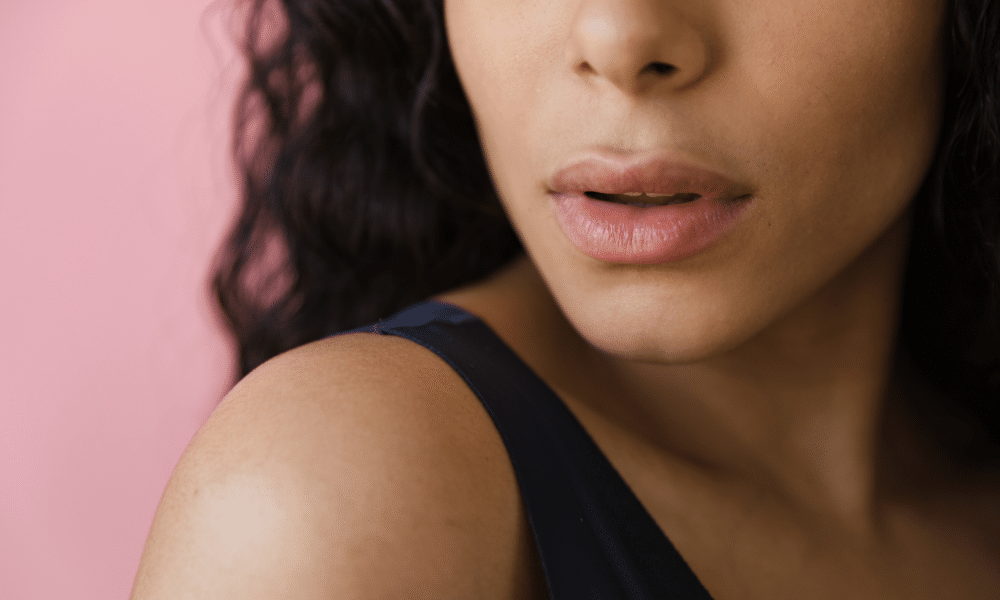
Fillers injected into the skin can produce magical results many thought were not possible. Given this, fillers for the faces (e.g. on the lips and nose) have been the most popular ways to enhance one’s look.
But does a filler treatment hurt? How does it feel getting filler treatments? Does a filler injected into the skin prior to any cosmetic treatments produce risks?
In this post, I will talk about whether a filler treatment hurts or not. I will also answer the most commonly asked questions about the procedure.
How Long Do Fillers Hurt For?
Fillers don’t usually hurt. A lot of my patients experience little to no pain during the procedure because of the topical numbing cream.
Despite the fact that the results are noticeable right away, you should give fillers some time to settle after injection. It’s typical to experience a few days of considerable swelling, followed by up to two weeks of extremely minor redness. I always advise patients to wait at least that long before making judgments on the outcome.
Do Fillers Hurt More Than Botox?
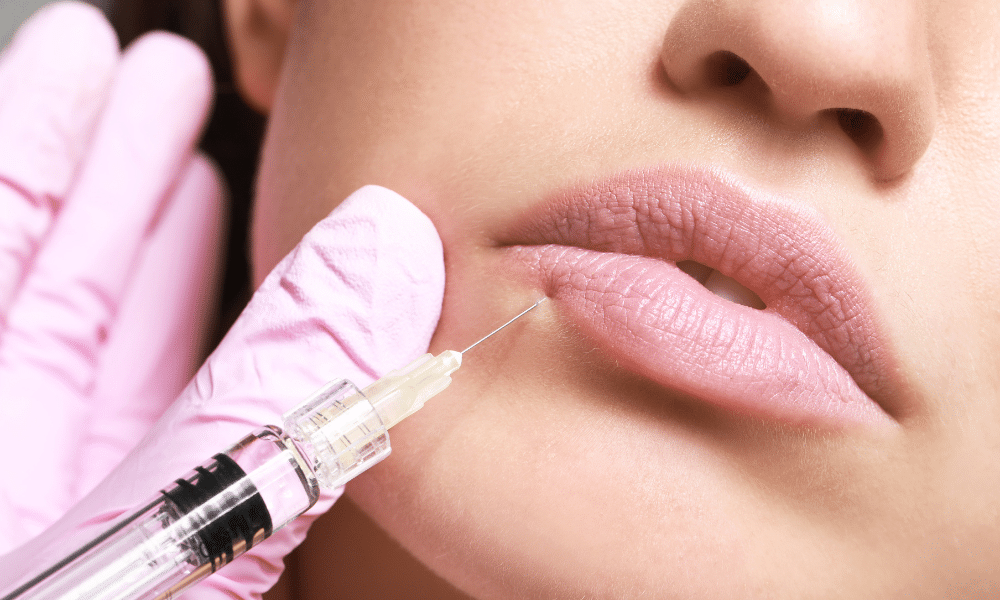
Both a filler and a Botox treatment are administered via injections. They don’t usually hurt: both have little to no pain because I apply topical numbing cream on the treatment area.
Since pain is subjective, both procedures can cause some pain despite using anaesthetic cream, but they must never be painful.
What Does It Feel Like to Have Lip Fillers?
After receiving lip fillers, most people report minor pain once the topical anaesthetic wears off. Patients should also anticipate temporary mild swelling after getting lip fillers, which could continue for a few days. However, a cold compress gently applied can assist to alleviate these symptoms.
After getting lip fillers, patients also report that their lips feel lumpy, bumpy, and/or overinflated. However, these are common side effects of injection.
How Long Do Fillers Take To Settle?
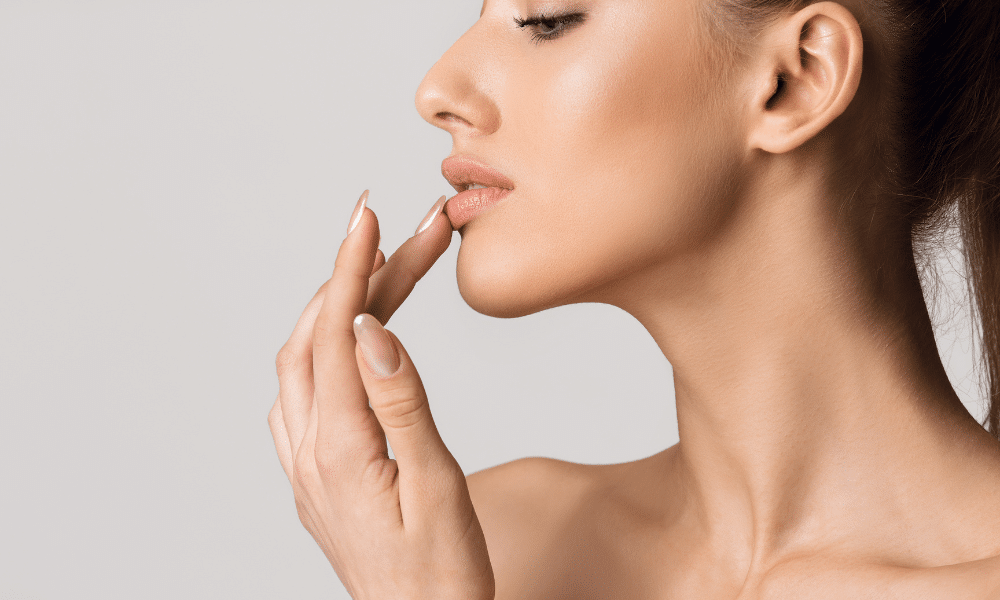
It can take fillers anywhere from two to four weeks to settle. The amount of time it exactly takes to settle and show the final result can be affected not just by the type of filler. It can also be affected by your lifestyle and other elements similar to it.
The good news is that your dermal fillers will continue to give you a fuller and more vibrant look for anywhere from six months to a year, depending on the type of filler you receive.
Face Fillers – Everything You Need to Know Before a Treatment
Here’s what you should do before getting a filler treatment for your lips, chin, or jawline:
- For one week before getting any filler for your lips or other facial muscles, avoid taking aspirin, ibuprofen, or medications that are similar (Advil, Motrin, Aleve).
- For one week prior to filling, avoid fish oil, vitamin E, and gingko biloba.
- Consume celery, kale, and spinach the week before to increase your vitamin K levels.
- Avoid eating apples or heavy doses of garlic before your consultation.
- Before the treatment, drink plenty of water and have a substantial meal. A substantial lunch should be consumed before a filling appointment.
How Much Do Dermal Fillers Hurt?
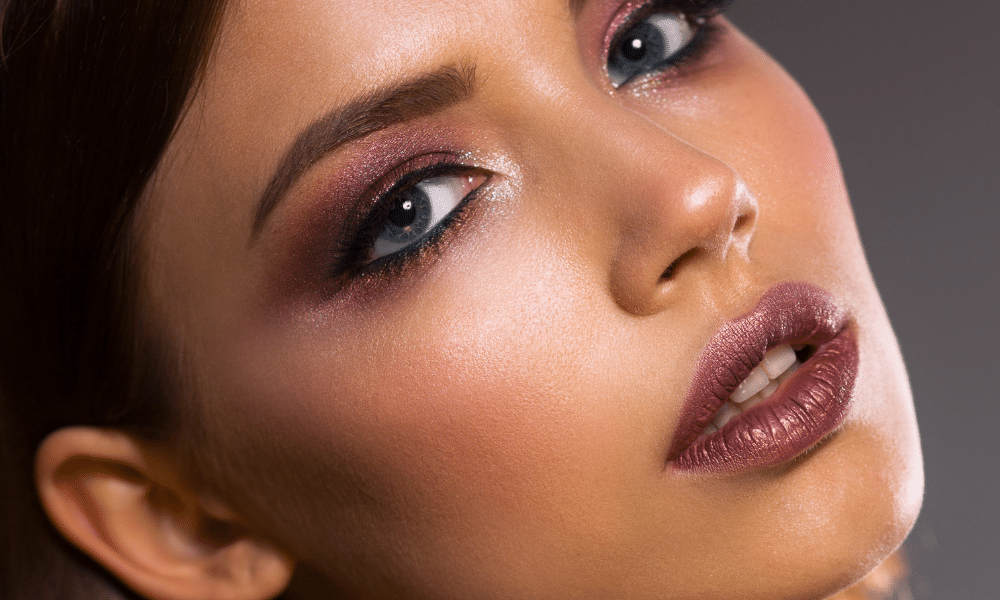
To fill up creases or wrinkles and add volume to the skin, fillers are injected with a needle into the skin. They can be used on different parts of the face. Although dermal fillers are not painful, as they penetrate the skin, they may produce a small amount of discomfort.
What Are Dermal Fillers With Hyaluronic Acid?
Your skin contains hyaluronic acid (HA), which is a naturally occurring chemical. It keeps skin moisturised and plump.
In addition, HA fillers often have a soft, gel-like texture. As the name suggests, they fill the skin, giving it more volume and restoring its appearance.
Before the body progressively and naturally absorbs the substance, the effects remain for approximately 6 to 12 months.
Is There a Difference Between Botox and Dermal Fillers?
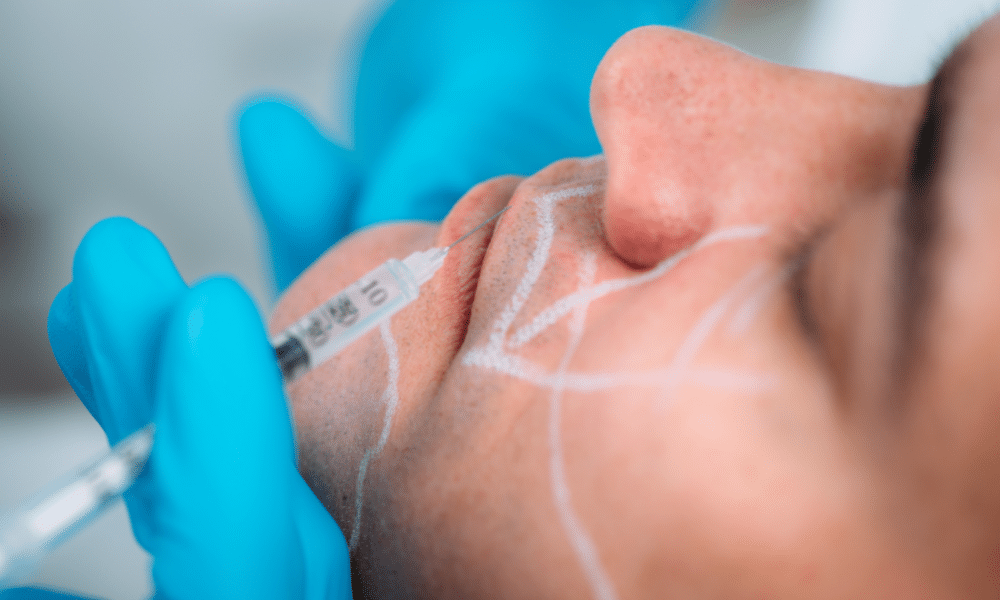
Yes, there’s a difference between Botox and dermal fillers for the face.
Botox works by relaxing the facial muscles to prevent creases and wrinkles generated by active muscles in the face. On the other hand, dermal fillers provide volume to the soft tissue and skin. This is one of the fundamental differences between the two.
In addition, Botox on Harley Street can be used as a medical treatment, while dermal fillers are used solely for cosmetic purposes.
Botox and dermal fillers are both non-surgical, minimally invasive treatments that can be risk-free when administered by cosmetic doctors with sufficient clinical experience. The majority of patients will only have little discomfort and side effects are extremely infrequent.
What Should You Do After Lip Filler Injection?
Your lips may look overfilled or puffy after a lip filler treatment due to swelling, so don’t worry. Short-term lip injection side effects include swelling, mild bruising, discomfort, itching, lumpiness, or numbness.
An ice pack or ice cubes wrapped in a towel can relieve most negative effects. If you have severe lip discomfort or atypical bruising, see a doctor right away. Other immediate symptoms include an allergic response and infection.
Even while you can see the outcomes of your lip injection immediately, they won’t be the same once the swelling diminishes. Some people like the look of swollen lips before the swelling goes down. In that case, ask your doctor for a touch-up.
What Are the Side Effects of Fillers?
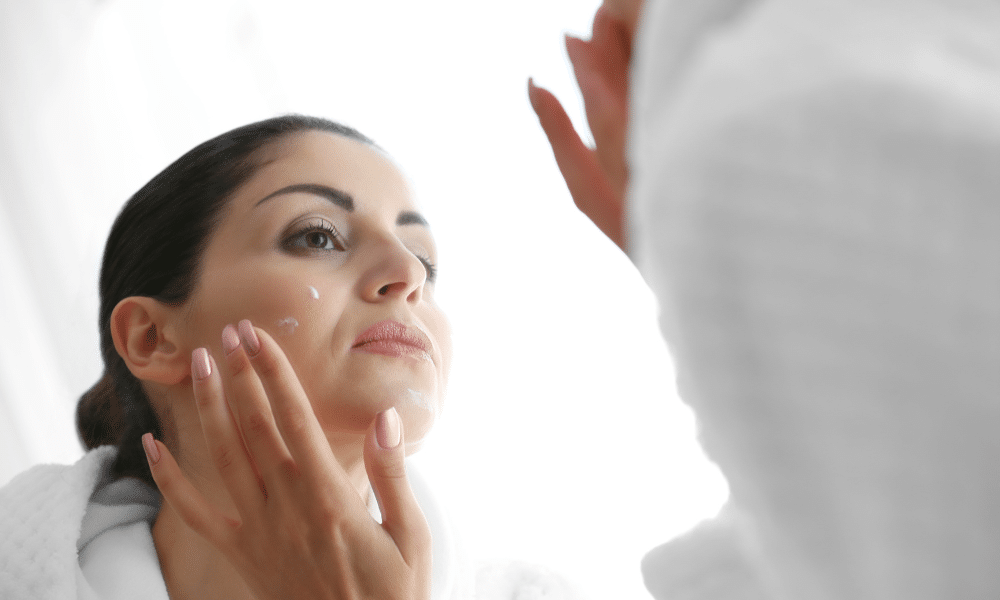
If the right candidate, dermal filler, and technique are used, filler injections cause minimal to no side effects. If the dermal filler is not a standard one and the technique is wrong, it can cause complications.
As a result, facial fillers might move to the cheeks, eyebags, and other places. Improper placement of facial fillers can also cause allergic reactions, tissue death, ruptured blood vessels, infection, dental block, itching, redness, and scarring. In some cases, it might make volume loss look worse.
Who Should Not Get Dermal Fillers?
People with specific illnesses, such as bleeding disorders or certain allergies, may not be good candidates for dermal fillers. If your doctor says dermal fillers are a possibility for you, be aware that all medical products have advantages and disadvantages.
Seek out a qualified medical professional who has experience injecting dermal fillers, and is knowledgeable about fillers, anatomy, and handling complications. Most importantly, you must ask about the risks and benefits of the procedure before proceeding.
Visit Dr. Julian de Silva
Do you want to work with a qualified and reputable doctor with over 20 years of experience? Are you looking to treat cosmetic imperfections on any part of your face (e.g. lips, jawline, nose)? Do you want to see a natural-looking end result?

